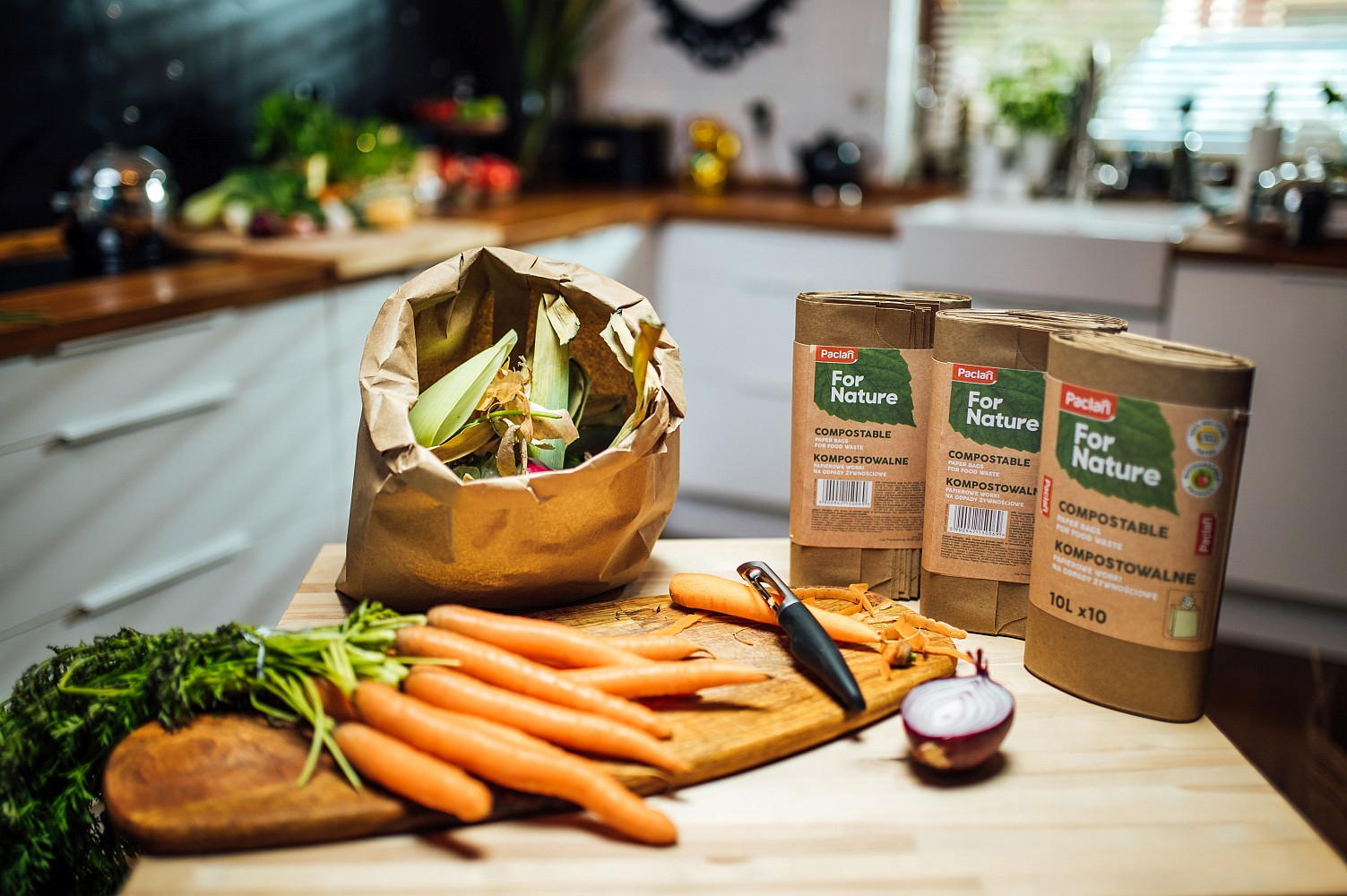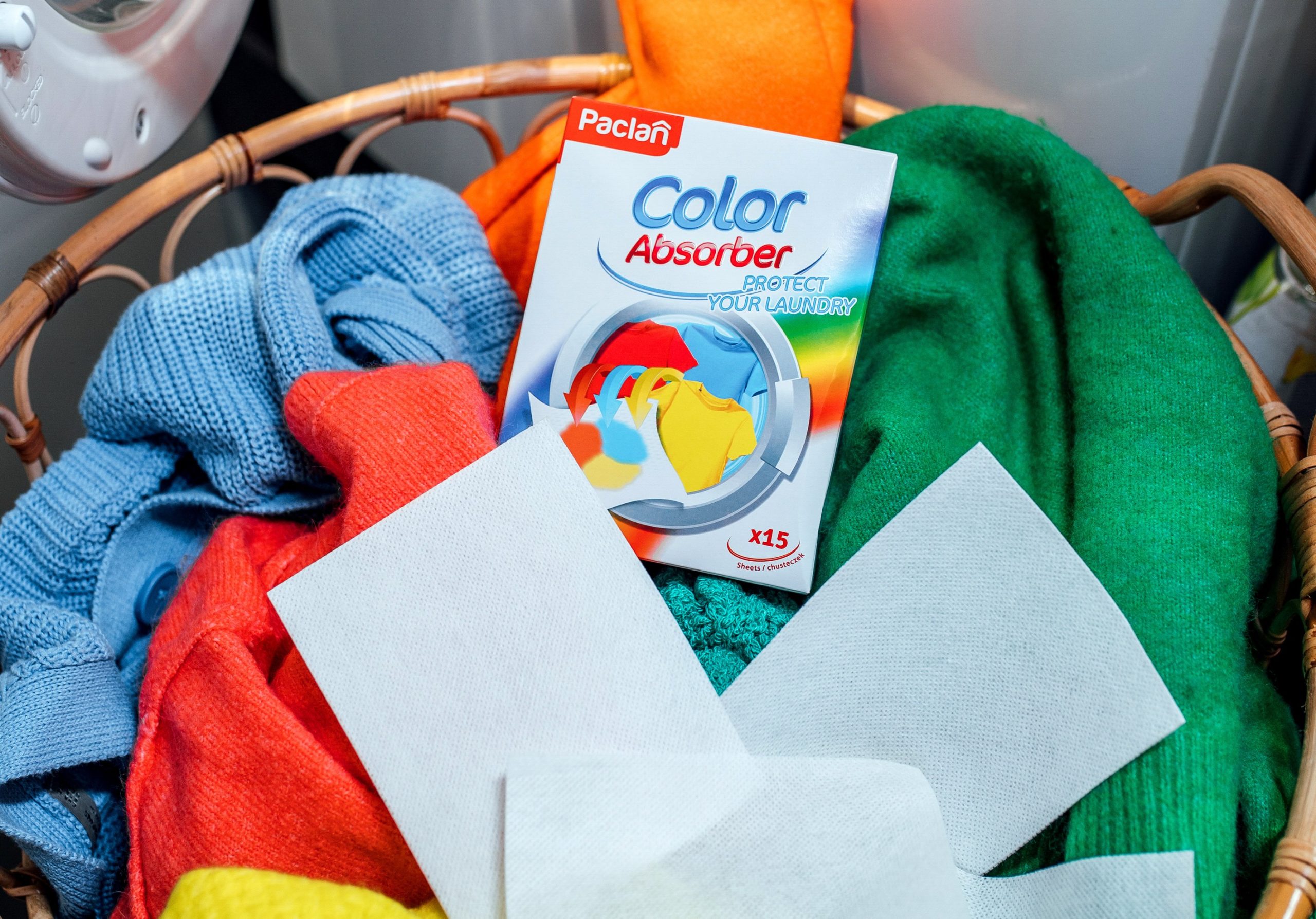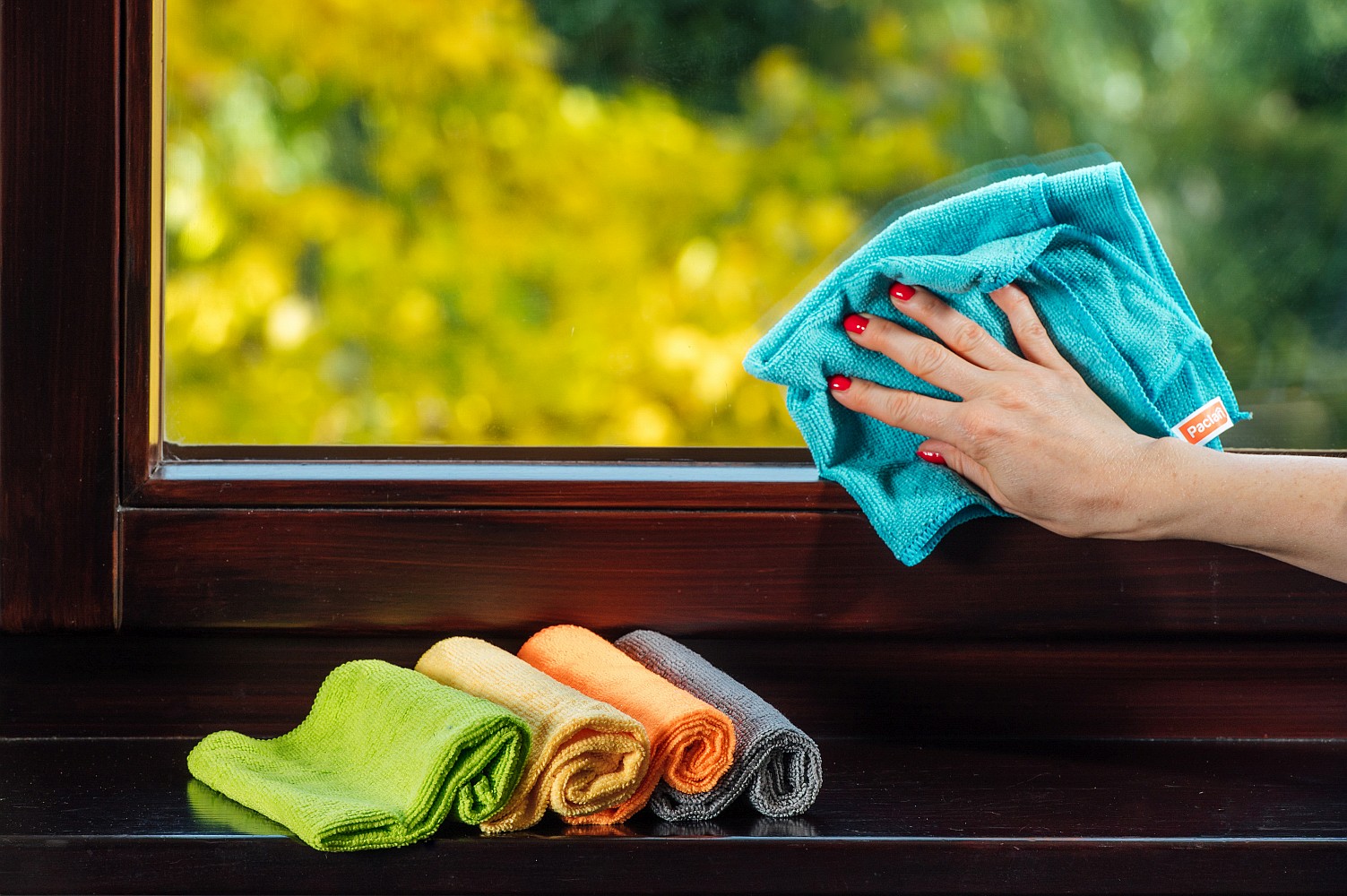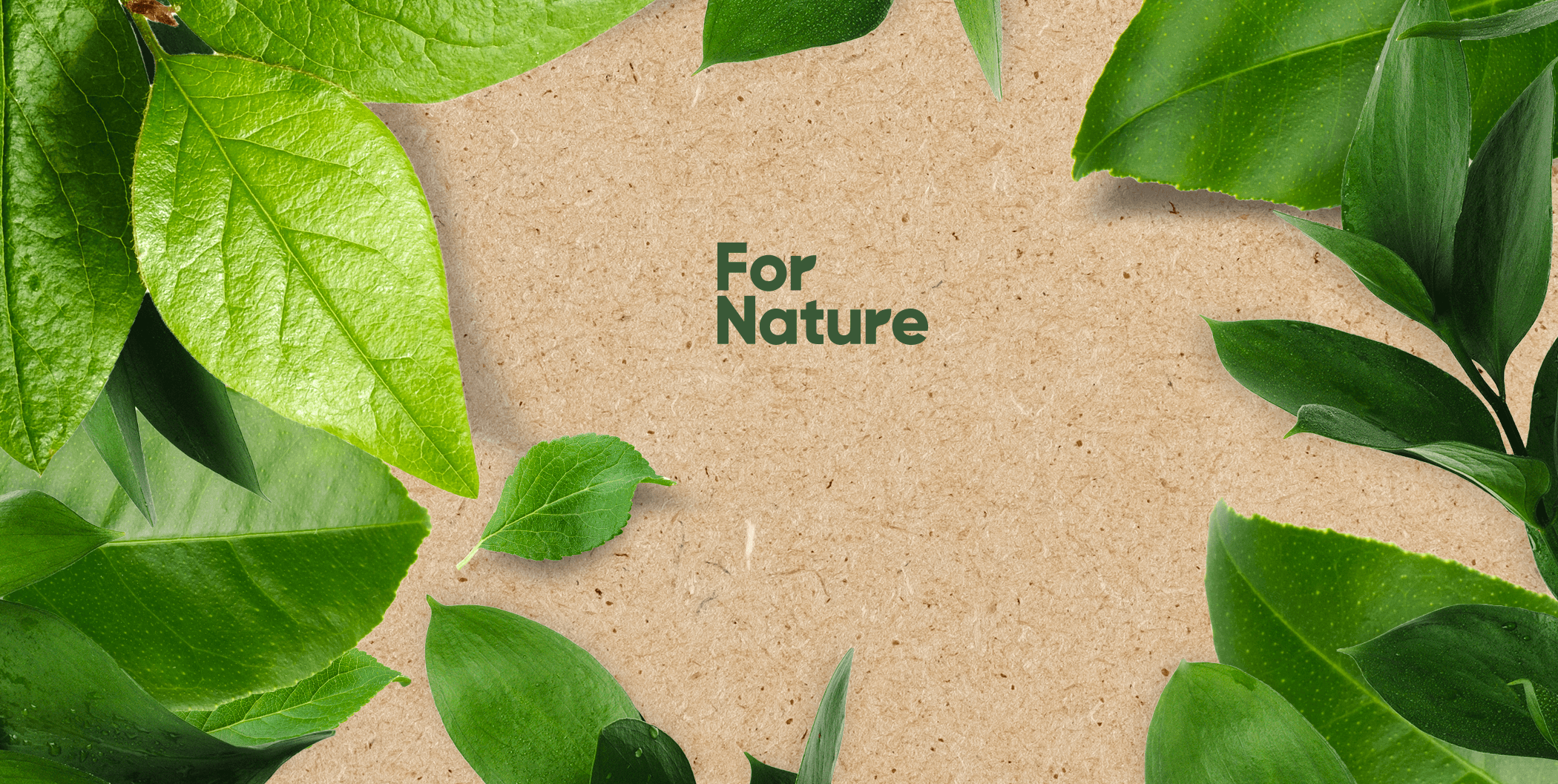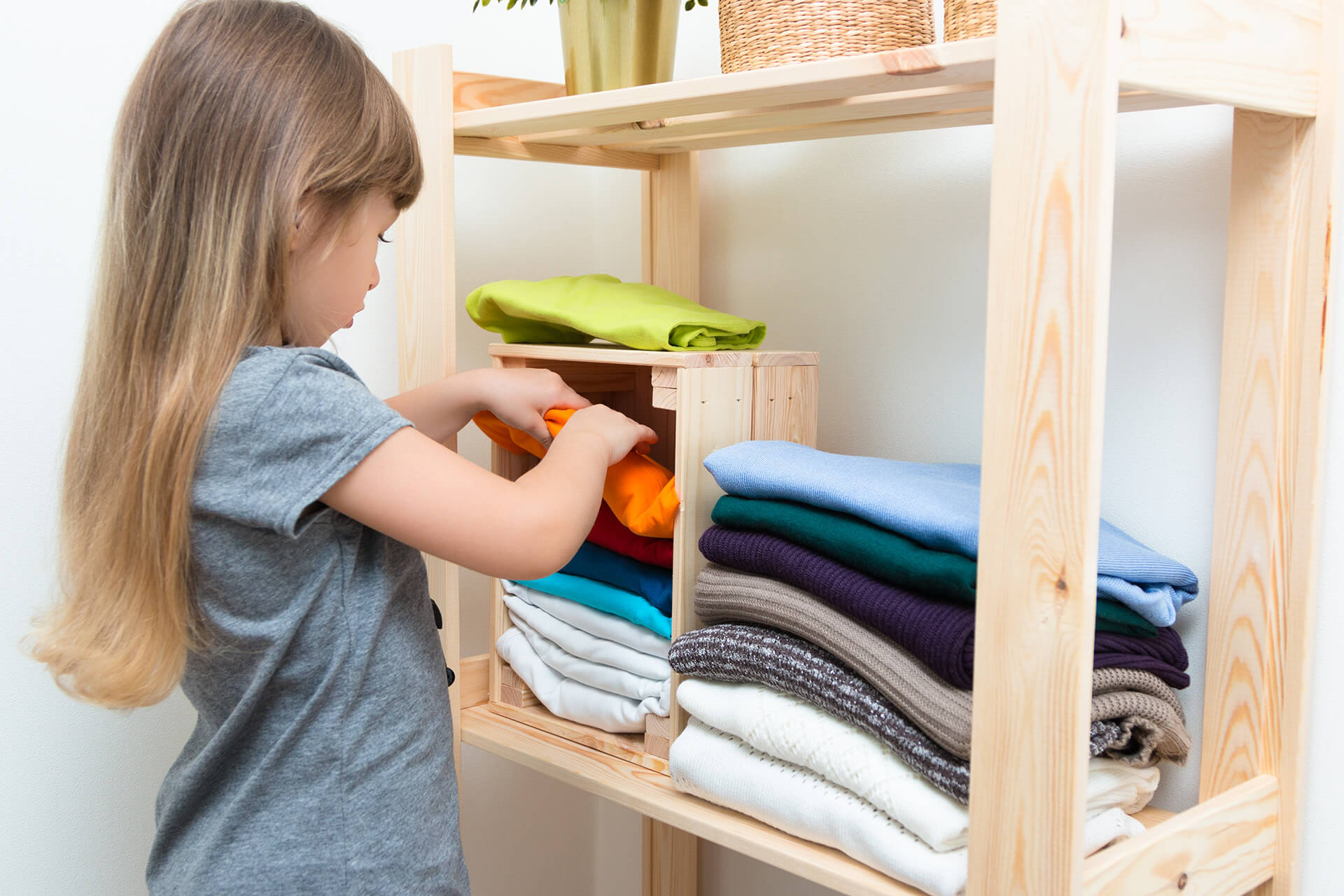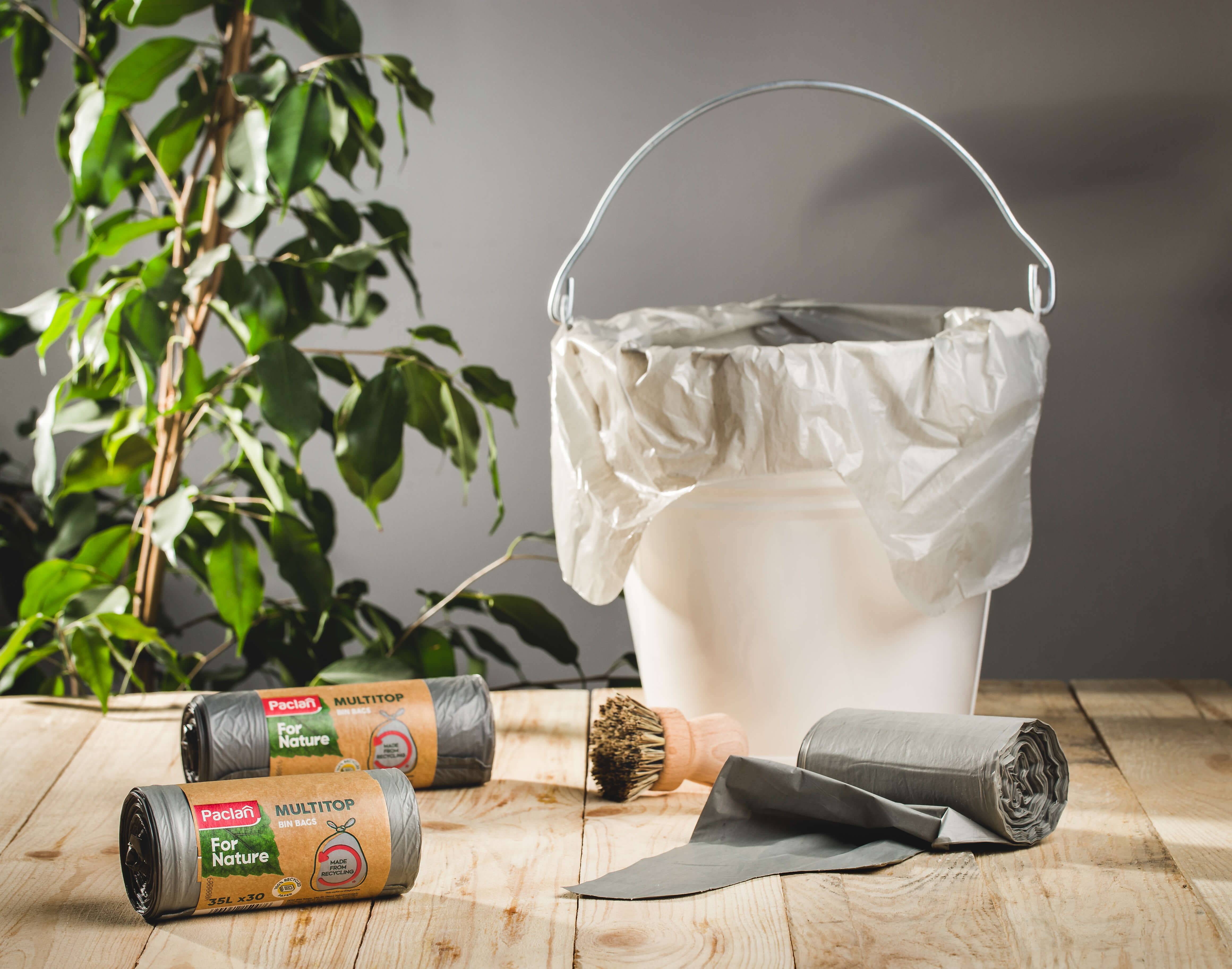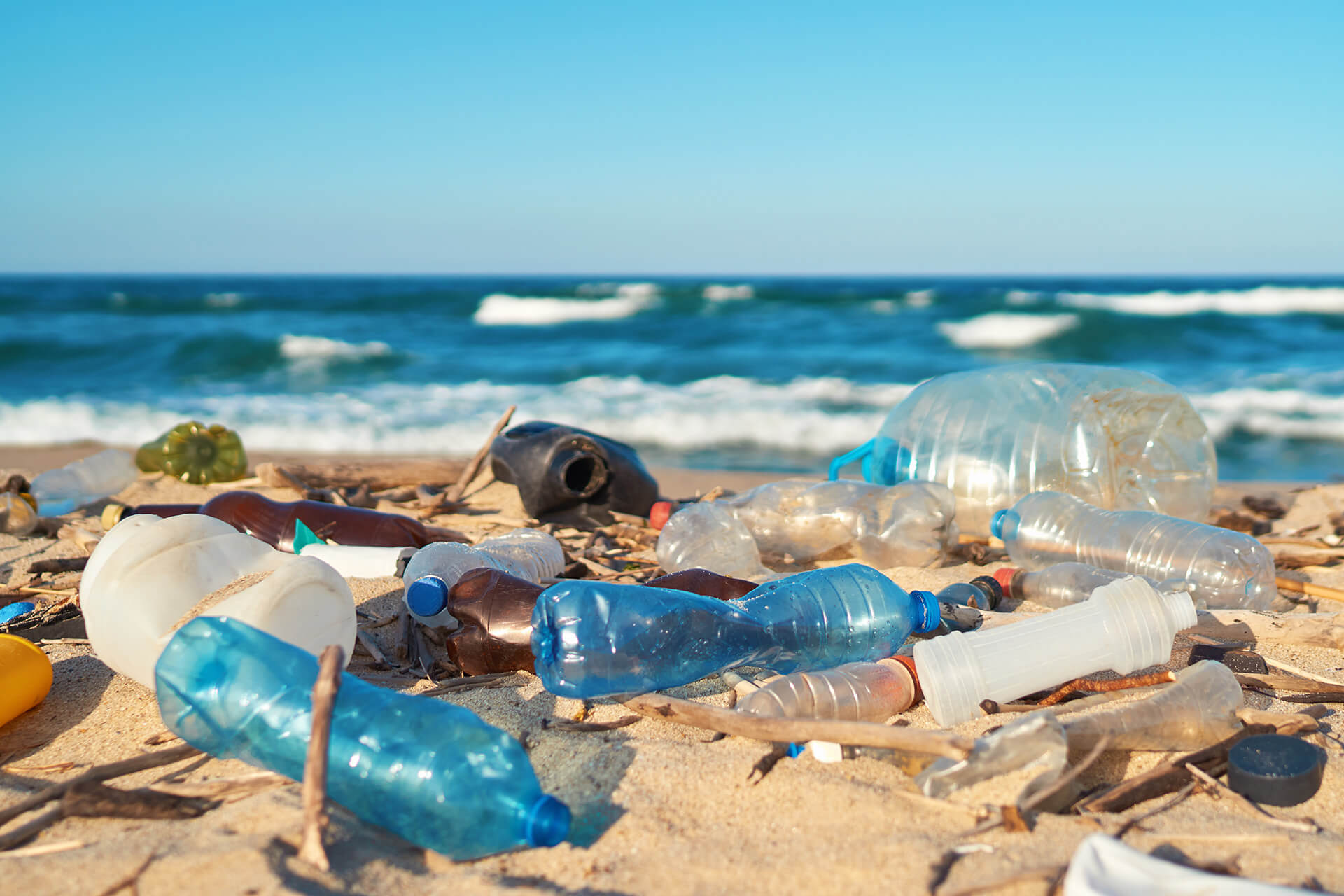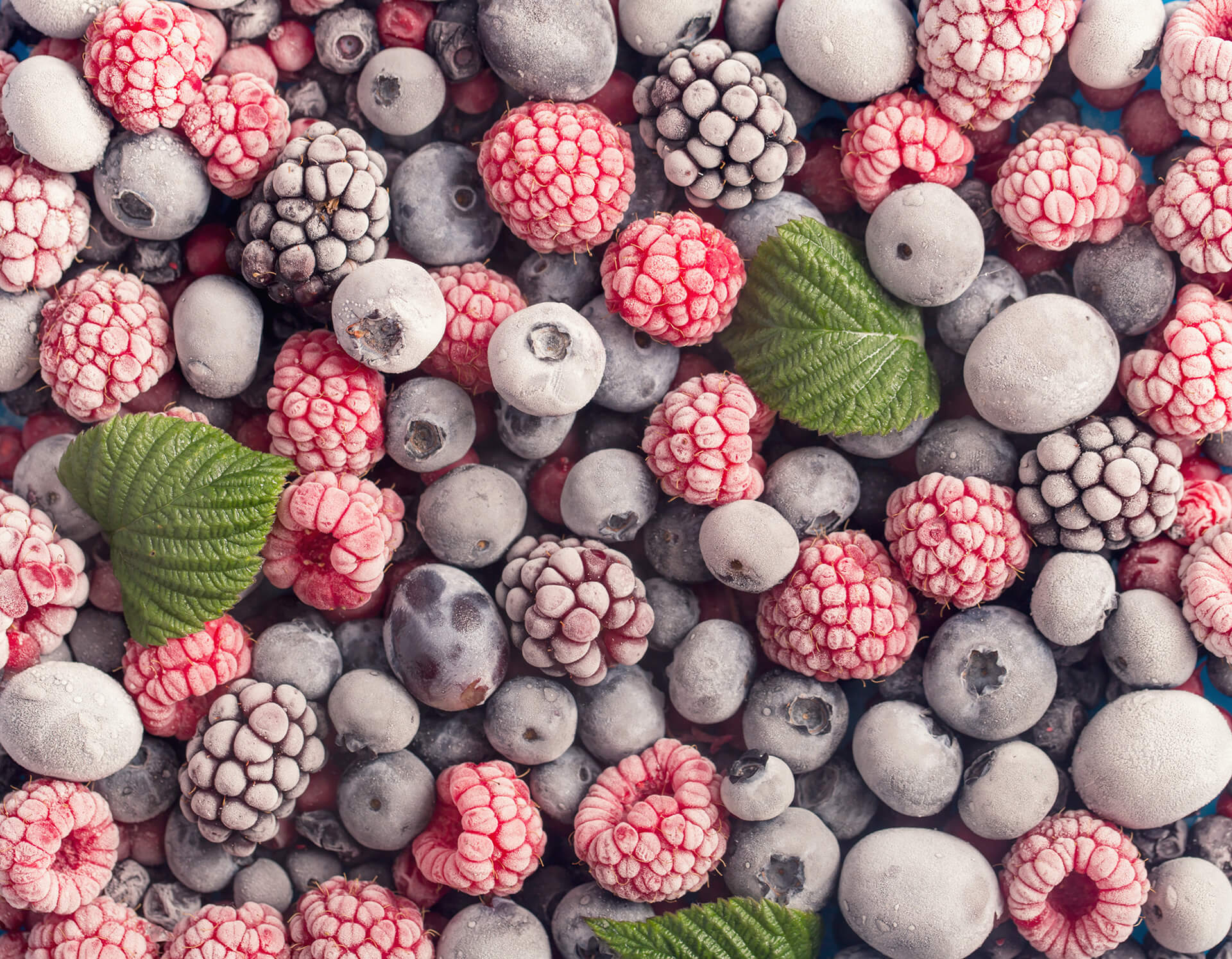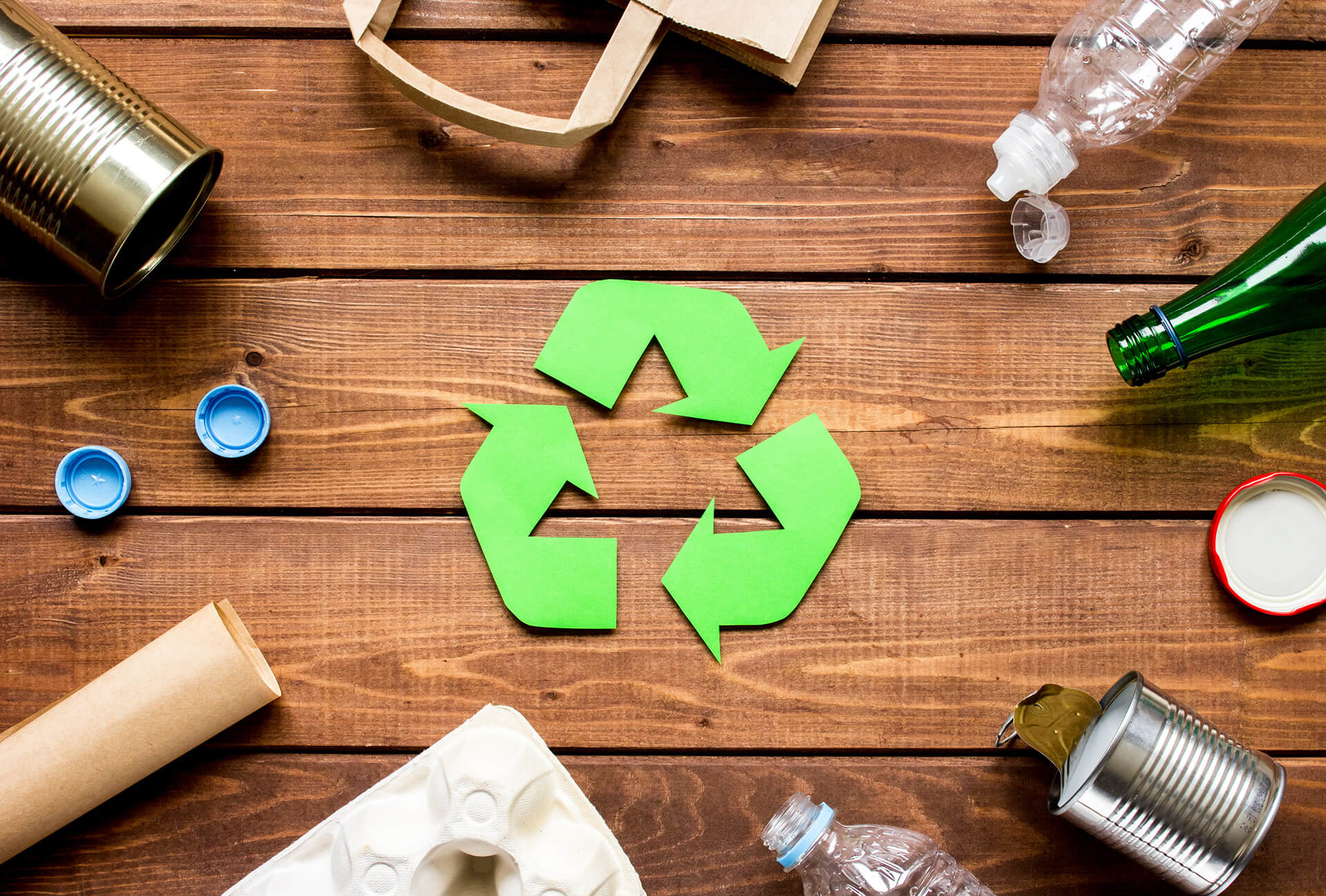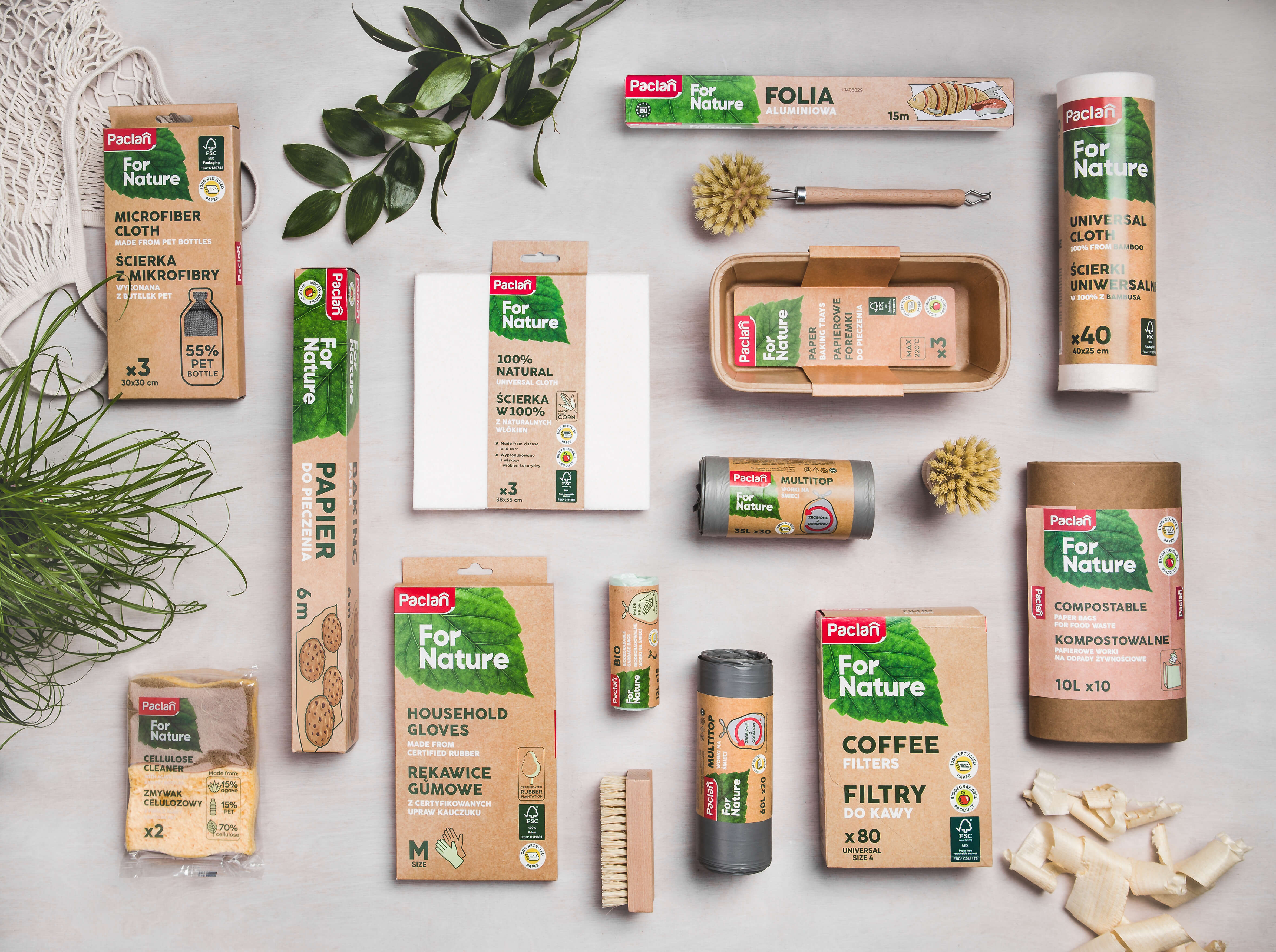Proper rubbish segregation in the household – the golden rules
Segregating rubbish is becoming one of the hottest trends bound not to go out of fashion in the coming years. Actually, it’s highly likely to gain momentum. It’s good for the planet as well as for our wallets plus it’s the first step to recycling while being an expression of care for the environment and, given the cost of waste disposal, also a way to better control the household budget. How to separate household rubbish properly? We have a hint or two for you.
Statistics Poland data shows that the amount of waste is increasing year on year. In 2021, an average Pole produced 358 kg of rubbish, 16 kg more than the year before. Reducing the waste we produce is a challenging task, but we can start to recycle it, which has considerable benefits. What are they exactly?
- With selective rubbish collection, waste can become a valuable raw material for the production of new goods and thus be used to the maximum extent within the secondary cycle. If you’re interested in what can be recycled, you can read about it here.
- In this way, we minimise the amount of unused rubbish that ends up in landfills.
- It’s a cost-effective approach to managing household budgets.
If you want to learn more about recycling, you’re welcome to read our article: Why is recycling important for the environment?
I separate my waste = I pay less for waste collection
As of January 2023, many municipalities have increased their municipal waste management fees due to increases in energy prices and transport costs. Each of us is obliged to separately collect waste, i.e. divide it into a few types: paper, metal, plastic, glass, multi-material packaging, and biodegradable waste.
The rule of thumb is simple – the better you segregate your rubbish, the less you pay for waste collection, as the rates are lower than what is paid for mixed waste. Segregation simply pays off – both for us and the planet. It makes it all the more worthwhile to familiarise yourself with a few basic rules that will help you to separate your waste as best you can.
How to separate waste? We give you the key rules
When embarking on rubbish segregation, it’s worth bearing in mind a few points that will definitely make things easier in domestic realities and beyond.
- Education takes time – it seems intuitive to know what products should go in the paper, glass, or plastic bin, but there’s a large group of “problematic” products – e.g. paper stained with grease, milk cartons, broken ceramics, or electronic waste. Given that, it’s a good idea to put cheat sheets/stickers with a short list on each bin so that you can refer to the guidelines when in doubt. You can make the stickers on your own or buy ready-made ones. And above all, give yourself time before you become a master of segregation.
- Anyone can be in doubt, so if you come across a package or product that’s difficult to assign to a specific waste type, use a search engine or a special application. If you don’t have access to it, it’s far better to dispose of the product in mixed waste than to “contaminate” a given waste category with an unsuitable item.
- A visit to a Selective Municipal Waste Collection Centre – some rubbish, e.g. renovation waste, electrical equipment, paint, or adhesives, requires special treatment and should be taken to your local Selective Municipal Waste Collection Centre.
- Bio-waste isn’t always so “bio” – before throwing leftover lunch meat or infected potted plants into the brown bin, check if they should really go there. There’s a whole list of “forbidden” products that, despite their organic origin, are not suitable for composting, such as animal products, non-plant residues, or animal excrement.
- Special bags for bio-waste – when separating bio-waste, you also need to be vigilant about what you use to dispose of organic waste.
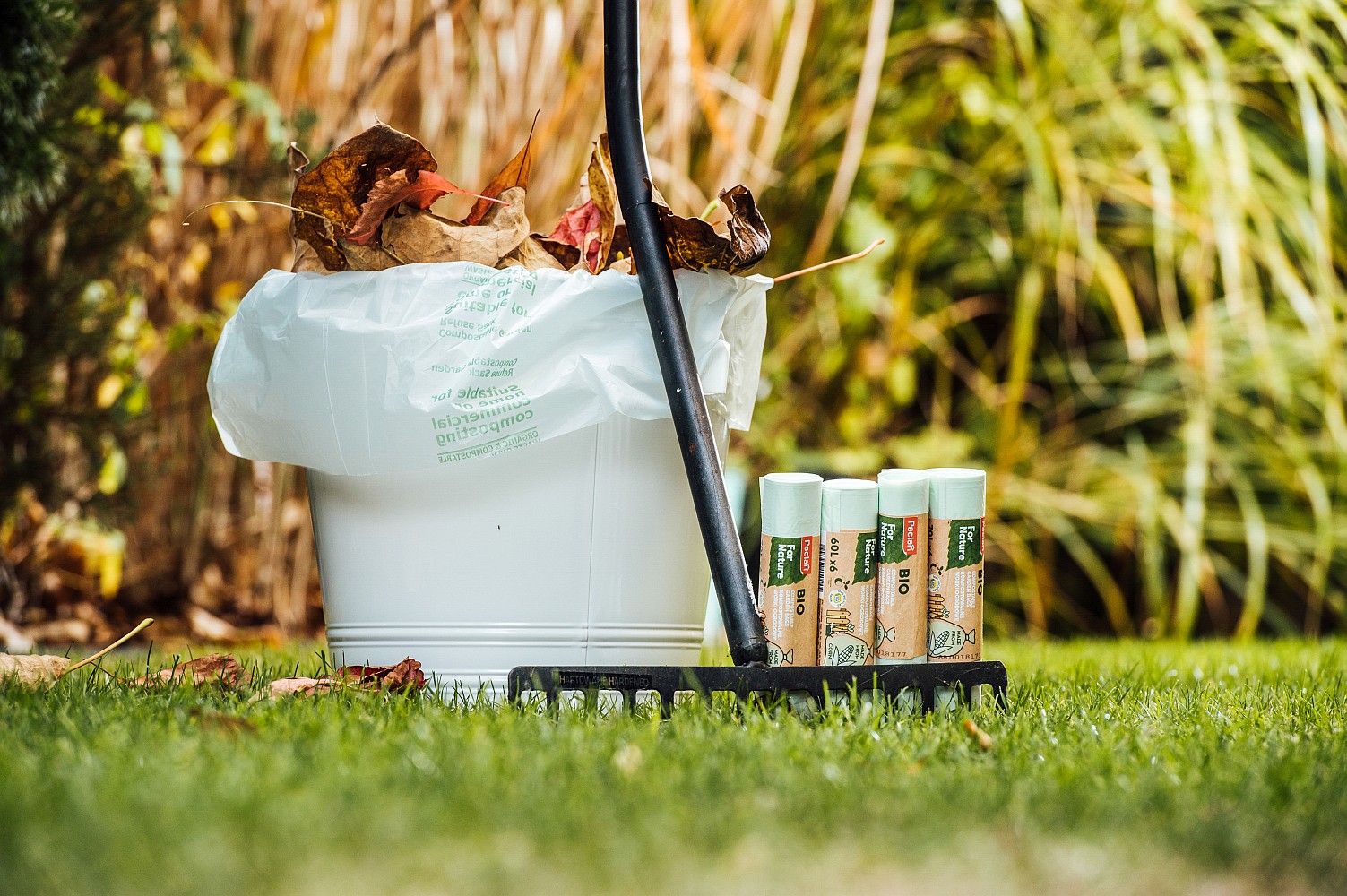
“Bio-waste can either go into a household composter or a brown container. In both cases, it’s not only what you consider to be biowaste that is important but also what you put your biowaste in before disposal. Remember that even the best-segregated biowaste disposed of in a plastic bag will be treated as mixed waste. So, either dispose of the waste directly in the container or get compostable sacks that will degrade with the waste. More and more suitable products can be found in the household goods market. For instance, we offer compostable bags made from maize, available in two variants – 12L and 60L,” says Marta Krokowicz.
Recycled rubbish bags
Segregation of household rubbish should involve all family members. It’s worth gaining some relevant knowledge and committing our energies for the good of ourselves. We can already increasingly use products made from recycled waste, and this is also made possible by proper segregation.
“Each of us can contribute to recycling. These aren’t just empty words, and the Paclan For Nature rubbish bags are proof here. Why? It’s because they were made from recycled plastic waste sent to the Plastics Recycling Centre, where it was cut up, washed and melted, and then shaped into granulate, which we then used to produce the bags,” explains Marta Krokowicz, adding that “finally, there’s an interesting fact: recycled bags are unique – although at first glance they seem grey, if you look closely, you’ll notice that their colour isn’t uniform. It all depends on what colour the rubbish used to make the bag was.”
Any time is a good time to start embracing responsible household waste management. Don’t forget that small steps make a difference, and proper segregation, aside from being good for the planet, will also benefit your wallet. So, don’t delay and make it happen!

